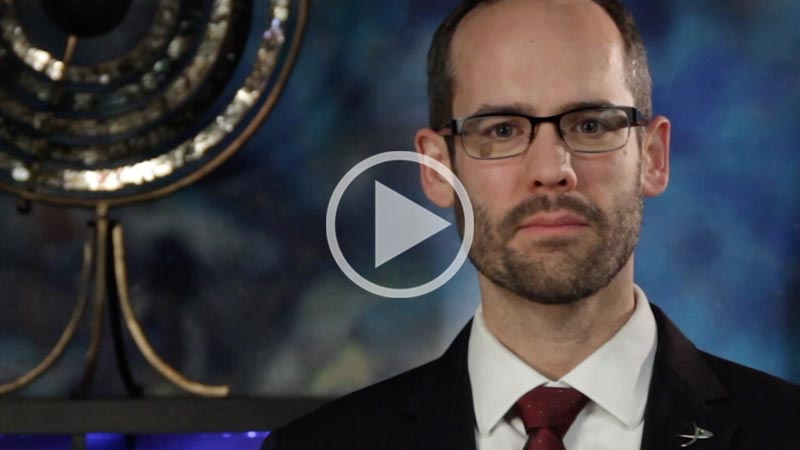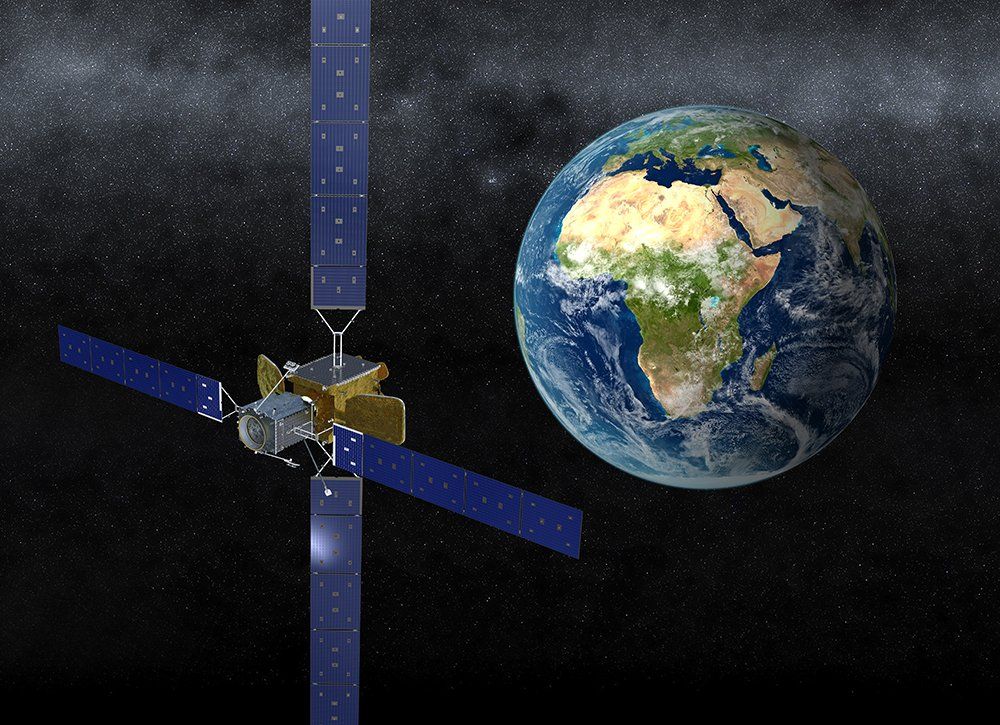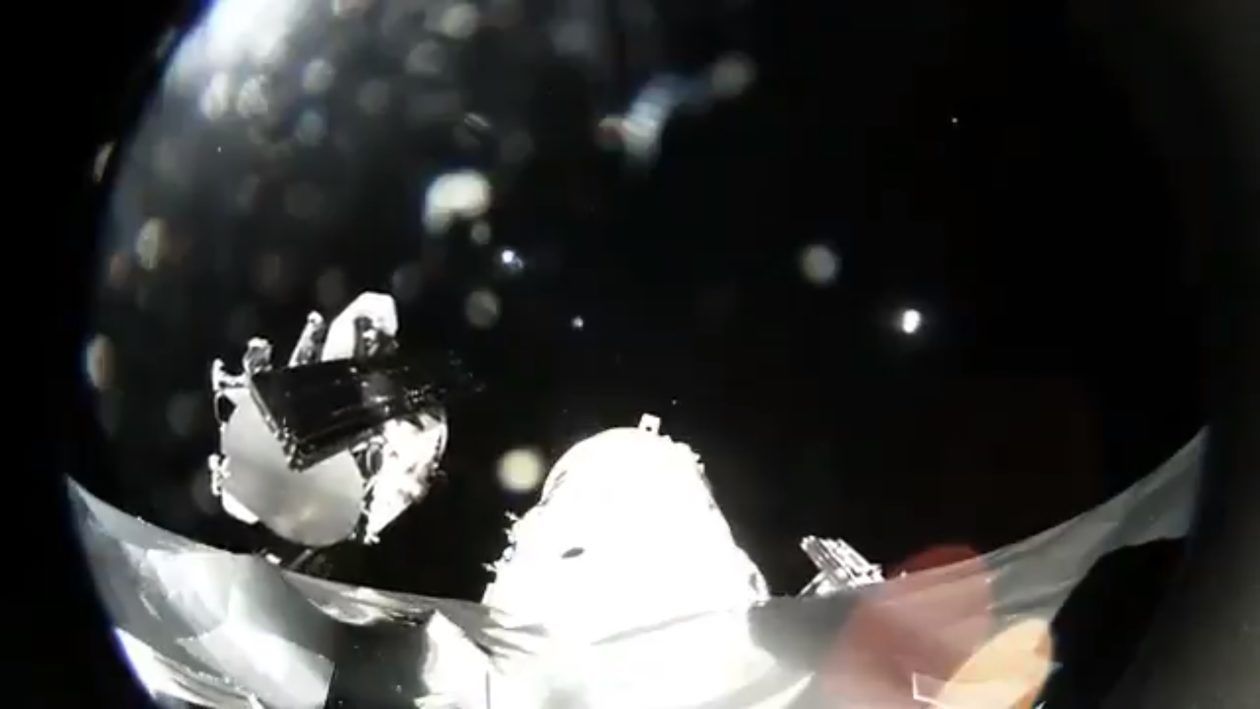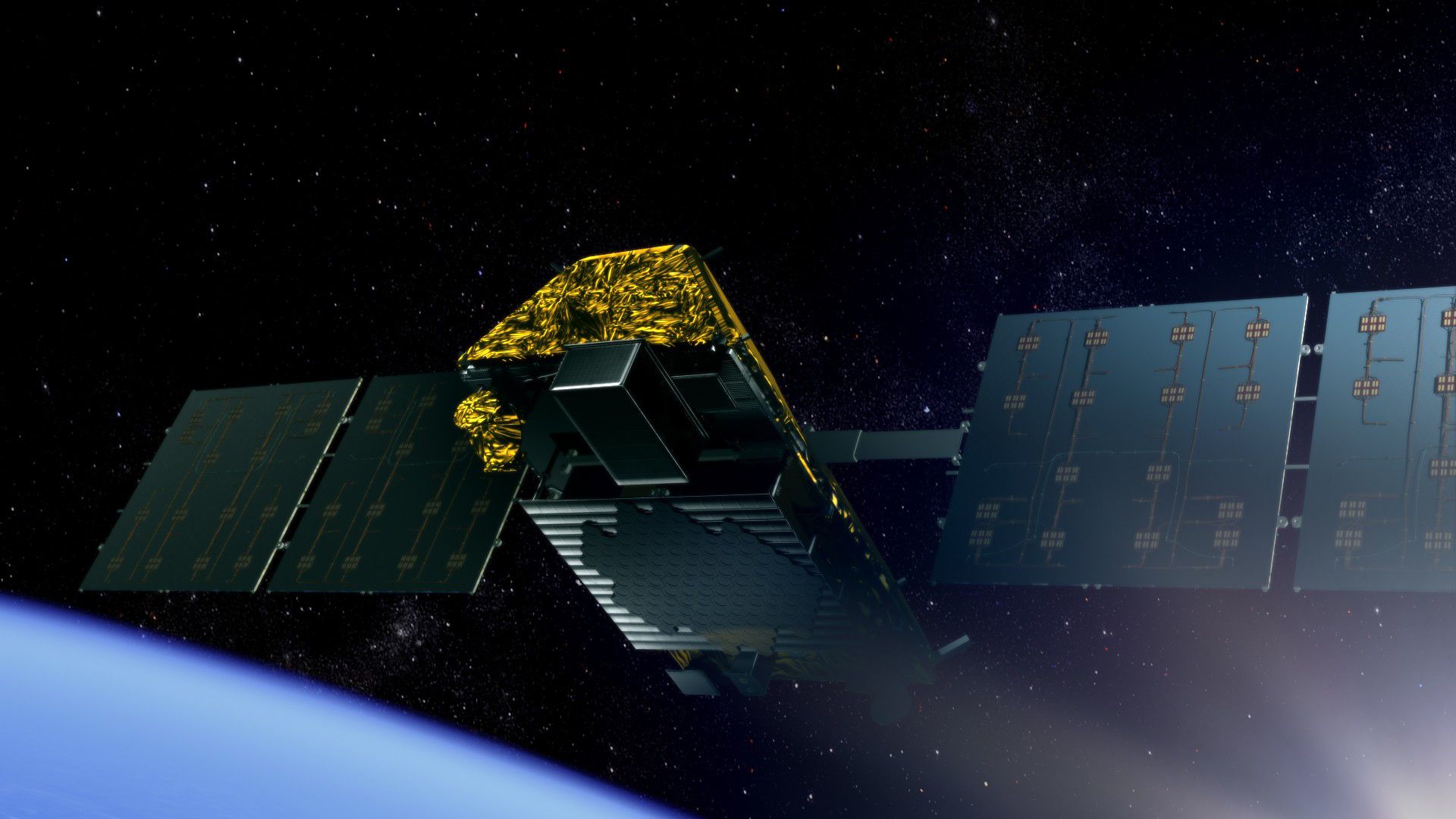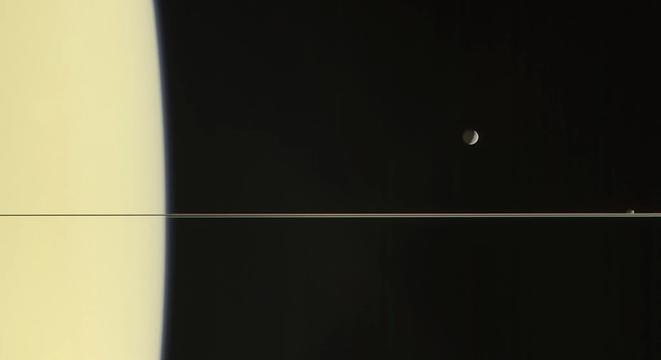Jun 15, 2018
Chinese satellite snags new views of Earth from lunar orbit
Posted by Alberto Lao in categories: habitats, satellites
On May 20, China launched Queqiao, a lunar communications relay satellite for the upcoming Chang’e 4 lander and rover mission. On the way out to the Moon, it dropped off a pair of small satellites bound for lunar orbit called Longjiang-1 and Longjiang-2. The satellites weigh just 45 kilograms each and measure 50-by-50-by-40 centimeters. Their purpose is testing out future radio astronomy and interferometry techniques, and one also has a camera built by Saudi Arabia.
Unfortunately, Longjiang-1 had a problem and didn’t make it into lunar orbit. Longjiang-2, however, was successful, and sent home a few pictures! Check them out:
